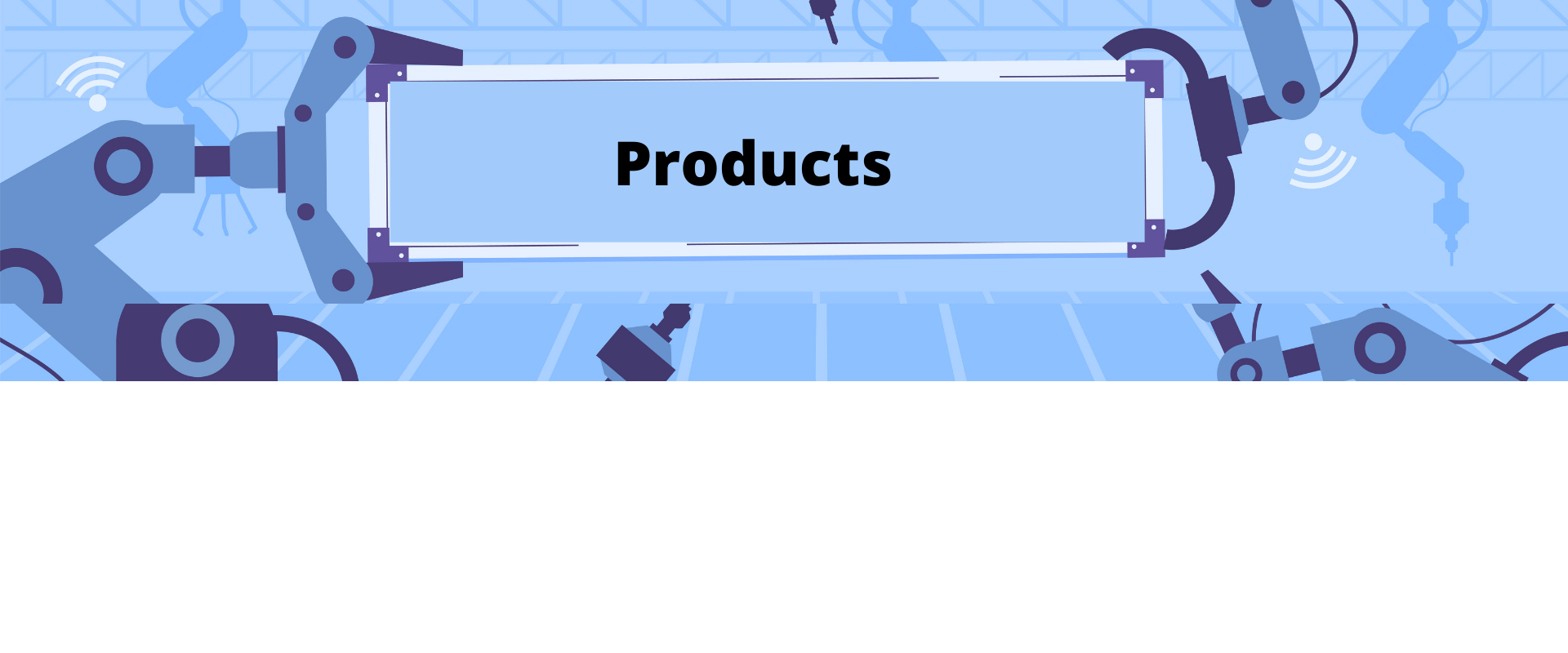

2W 100% Electric Kit
Hybrids are an incremental technology pathway to reduce fuel consumption during the expected transition to electric two-wheelers. In both mild and full hybrid vehicles, the CO2 reduction potential is strongly linked with the ability to recapture and reuse energy lost during braking. This is known as regenerative braking. Hybrids also include cost-effective start-stop systems that shut off the engine at idle and restart it during the drive. The CO2 benefits can be further boosted by shutting off the engine during coasting and deceleration, commonly called advanced start-stop, and by using motor assist during acceleration to operate the engine at lower speeds for higher efficiency. The regenerative braking energy is stored in lithium-ion batteries and that energy is best utilized to restart the engine or to provide propulsion power to the wheels.
Rather than relying solely on an electric motor, hybrid electric vehicles offer a mixture of battery and petrol (or diesel) power. This makes them better for traveling long distances as you can switch to traditional fuels rather than having to find charge points to top up the battery.
Components of 2W 100% Electric Kit
BLDC Motor
BLDC motors have traction characteristics like high starting torque, high efficiency around 95-98%, etc. BLDC motors are suitable for high power density design approach. The BLDC motors are the most preferred motors for the electric vehicle application due to its traction characteristics
Advantages
The advantages of a brushless motor over brushed motors are high power-to-weight ratio, high speed, nearly instantaneous control of speed (rpm) and torque, high efficiency, and low maintenance
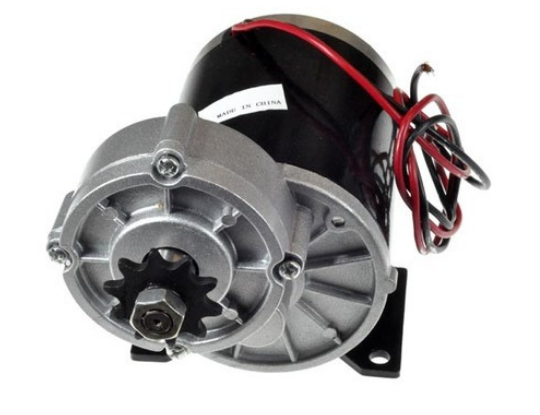
Battery
A battery is a device that converts chemical energy into electric energy by means of an electrchemical reaction . An electrochemical reaction involves the transfer of electrons from one material to another in an electronic circuit.
The battery is your electric scooter's 'fuel tank'. It stores the energy that is consumed by the DC motor, lights, controller, and other accessories. It accounts for 40-50% of the total vehicle cost and plays the most important role in a vehicle's performance

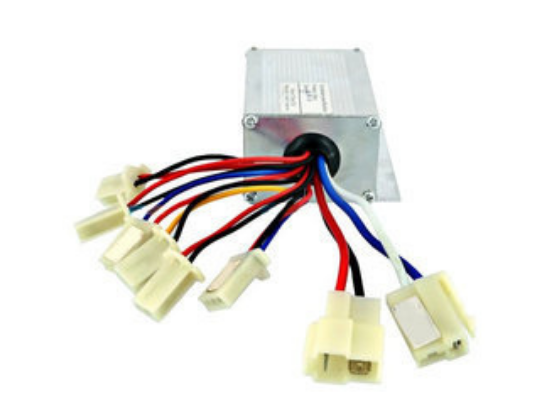
Controller
As one can see motor controller act as the major component which controls the energy flow to the motor interfaces like throttle brake or forward rivers control switches are connected to the motor controller which processes the commands from the input and very precisely controls the speed-torque direction and resulting horsepower of a motor in the vehicle.
Apart from transferring the energy from battery to motor for generating acceleration for the vehicle. Motor controller also can reverse the energy from the motor back to batteries with help the electric vehicle to brake more efficiently than a simple mechanical brake system. This capability is commonly known as regenerative braking also helps the electric vehicle to improve its range by storing energy back in batteries at it an instance of breaking.
Battery Charger
Electric vehicle means a vehicle runs using a battery (not on diesel/petrol) and battery charges from the grid. A lithium battery charger has also different types: a quick charger that charges 2-3 hours and a normal charger charges battery within 7-8 hours. It is designed according to battery capacity and voltage range. You need at least 2Amp/ 36V, 230V AC charger to recharge a lithium battery. You can also use a solar panel to recharge the battery nut remember its voltage should be 36V.
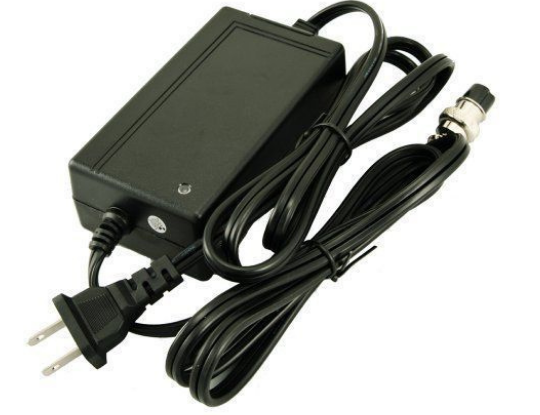
Throttle Controller
Coming to the throttle operation, it is totally based on variable speed resistance. In detail, the speed will be regulated by using the resistance. The throttle placement in hybrid bike is adjusted the engine throttle and placed the electric speed throttle on the same handle bar. Due to this arrangement their will reduction in extra fitting of another handle bar.
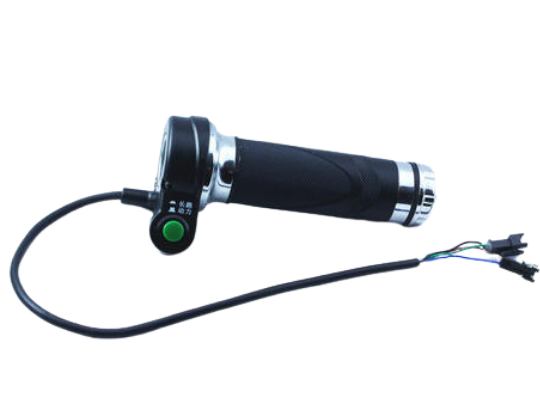
Address
Address: DSR Complex 129 Y1, 1st Floor Lalbagh Main Road, Opposite Passport Office,Bangalore Karnataka 560027
Phone and Email
+ 91 9900423399
info@dsrecotech.com
